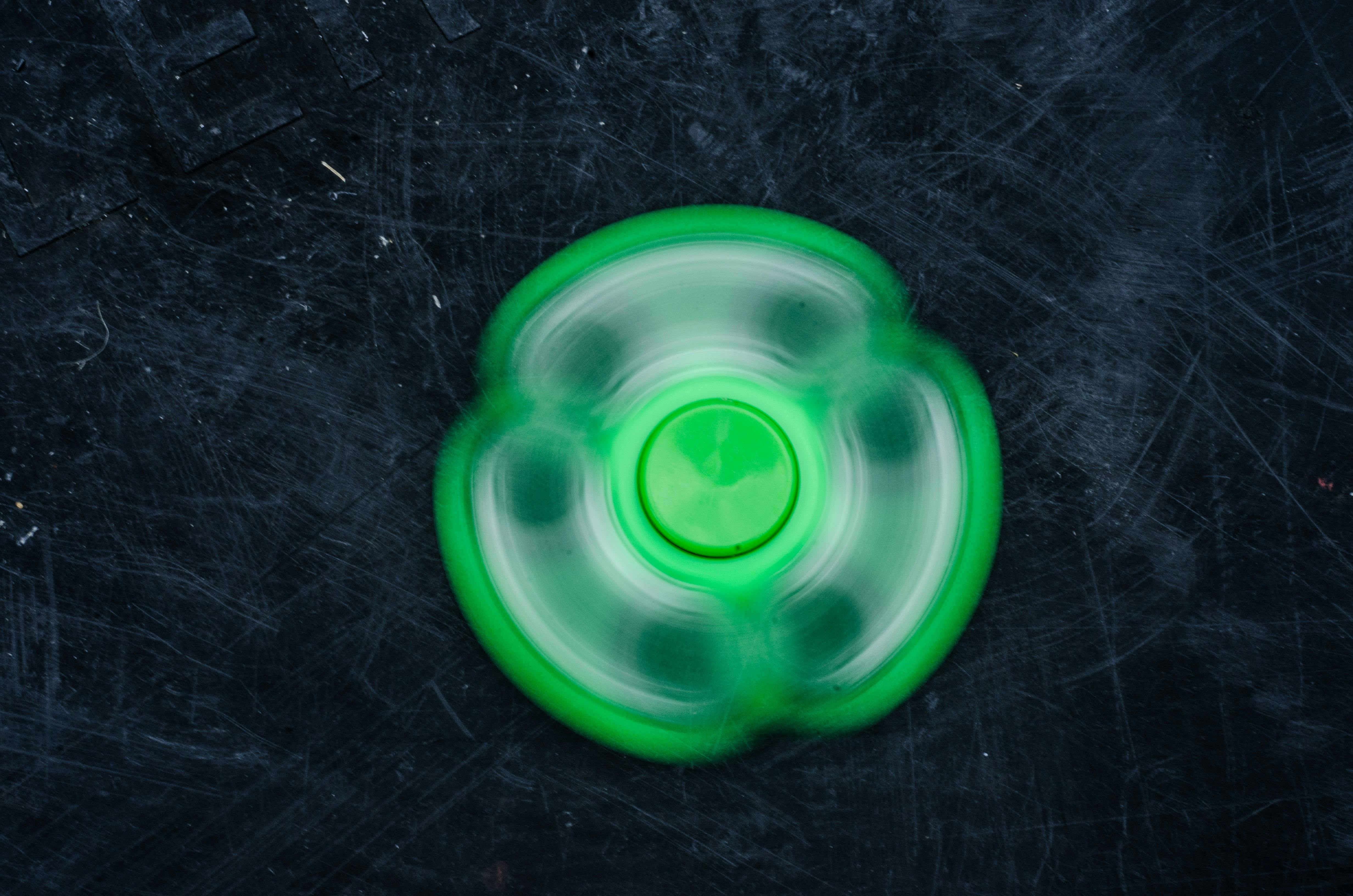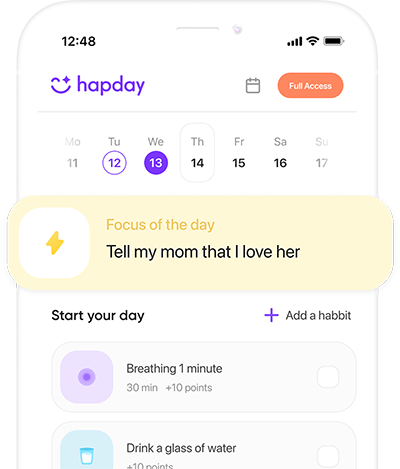Table of Contents
- The Concept of Love Languages
- Expanding the Concept: Seven Love Languages
- Childhood Trauma and Its Lasting Effects
- Using Love Languages to Transform Trauma
- Words of Affirmation
- Acts of Service
- Receiving Gifts
- Quality Time
- Physical Touch
- Space and Freedom
- Shared Experiences
- Neuroscience of Love Languages and Trauma Healing
- Practical Steps to Integrate Love Languages into Healing
- Overcoming Challenges in Applying Love Languages
- Conclusion
- References
You know, there’s no denying it: understanding love languages has practically become a cultural phenomenon. Everyone talks about it as the go-to tool for improving relationships, mainly because it sheds light on how we give and receive love. But have you ever thought about its potential beyond romantic scenarios? Really, it’s a game-changer, especially when dealing with the fallout of childhood trauma. Those early experiences can put a real hamper on forming healthy relationships, making it tough to figure out love. But by diving into love languages, we find ways to transform those past wounds into incredible opportunities for healing.
The Concept of Love Languages
So, here’s the scoop—Dr. Gary Chapman first brought up the idea of love languages in a book that’s become something of a classic—”The Five Love Languages.” Chapman talks about five main ways people show and feel love: Words of Affirmation, Acts of Service, Receiving Gifts, Quality Time, and Physical Touch. Once you get these down, connecting with others becomes way more meaningful. It’s like you’re learning to speak their secret love dialect.
Expanding the Concept: Seven Love Languages
Here’s where it gets interesting. Chapman’s five ways are just the beginning. Ever thought about expanding to seven love languages? Doing so paints a richer picture of human connection:
- Words of Affirmation – Compliments or saying you care.
- Acts of Service – Doing helpful things for others.
- Receiving Gifts – Thoughtful items that say, “I’m thinking of you.”
- Quality Time – Keeping your phone away and giving someone all your focus.
- Physical Touch – Comfort through physical closeness.
- Space and Freedom – Giving folks room to breathe and be themself.
- Shared Experiences – Building memories together—priceless, really.
The extras, Space and Freedom, and Shared Experiences, really speak to honoring individuality and making memories together, which is pretty darn important for anyone wrestling with a past shadowed by childhood trauma.
Childhood Trauma and Its Lasting Effects
When it comes to childhood trauma, we’re talking about experiences that leave a mark—think abuse, neglect, or losing something important. It messes with emotional growth. I read somewhere—the National Child Traumatic Stress Network—that over two-thirds of kids have gone through some trauma before they hit 16. The aftershocks are massive. We’re talking trust issues, emotional chaos, self-doubt, anxiety, and sometimes depression. And, surprise, surprise—expressing and receiving love can be a real mess.
Oh, and here’s a tidbit from the Journal of Traumatic Stress: adults who faced trauma when younger often feel like they’re lacking social support. That support is the cornerstone of good emotional health, really. Knowing how to speak love languages might just mend those broken views of love and belonging.
Using Love Languages to Transform Trauma
Words of Affirmation
If you grew up with harsh words—or maybe none at all—affirmations can be a lifeline. Without those encouraging words, folks often feel not good enough or valued. Saying and hearing affirmations can flip these feelings on their head.
Healing Strategy: How about making affirmations a daily thing? Write them out or tell them to others, build up your self-regard bit by bit. You’ll start feeling worthy and rebuilt—I promise.
Acts of Service
For the trauma-struck, Acts of Service say, “I’m here, you can count on me.” It’s the antidote to past neglect.
Healing Strategy: Keep it small and consistent—maybe make dinner for a buddy or volunteer your time. You’re not just helping others but proving to yourself that your love and compassion are as real as can be.
Receiving Gifts
For some, gifts scream love. If you’ve felt shortchanged or unworthy, receiving gifts might become symbolic.
Healing Strategy: Give a little, take a little. A bunch of handpicked flowers or graciously accepting a compliment can turn this language from heavy to happy.
Quality Time
Everyone craves a little undivided attention. If you’ve been deserted before, this can heal those wounds and make you feel like you matter.
Healing Strategy: Dedicate a regular slot for genuine interactions. Coffee dates, shared hobbies—just be present. It’s not about the activity, but the connection.
Physical Touch
Physical Touch is a tender topic. It can bring comfort or trigger discomfort in someone haunted by a traumatic past.
Healing Strategy: Baby steps! Start with safe, consensual gestures—trust is key here. Hold hands, give hugs—whatever works, just take it easy.
Space and Freedom
Think freedom is crucial? You bet. Trauma can make anyone feel trapped by demands.
Healing Strategy: Support autonomy—let them journey on their terms. Encourage hobbies, travel, new experiences—just let them find themselves outside you.
Shared Experiences
Building new memories can slowly overshadow the old painful ones and bring people closer, trust me on this.
Healing Strategy: Play, travel, create—just make it joyful. Shared joy forges bonds and turns past tears into future smiles.
Neuroscience of Love Languages and Trauma Healing
Guess what? These love languages aren’t mere constructs—they interact with the brain. They stimulate the release of oxytocin, the “love hormone” you’ve probably heard of. It’s the glue for bonds, smoother for stress—basically emotional well-being in a chemical form. A Journal of Neuroscience piece mentioned oxytocin can even tone down the traumas by fostering trust and connection.
Moreover, engaging with these love languages might actually encourage neuroplasticity—fancy term for the brain being capable of rewiring itself, good news for trauma survivors seeking to reshape their emotional realities.
Practical Steps to Integrate Love Languages into Healing
- Self-Assessment: Figure out your love language through introspection or quizzes online. Knowing your love dialect is step one in this journey.
- Open Communication: Make sure that talking about love languages is on the table with those who matter. Understand each other better and avoid those pesky unmet expectations.
- Mindfulness Practices: Stay aware of how you and others express love—mindfulness is grounding and keeps the love flowing.
- Therapeutic Support: Sometimes you just need an expert. Therapy can help weave love languages into the healing process with structure and support.
- Community Engagement: Dive into supportive communities or volunteer work that aligns with love languages. It builds a sense of belonging.
Overcoming Challenges in Applying Love Languages
Sometimes, wrapping these love languages around trauma-laden experiences can be a puzzle. Vulnerability, fear—you name it, they’re all part of the process. Patience and empathy go a long way here.
Strategies for Overcoming Challenges:
- Education and Patience: Own the learning curve about trauma and love languages. Remember, healing takes time.
- Boundaries: Respect lines that should not be crossed to maintain comfort, especially where touch or time is concerned.
- Consistency: Be reliable in expressing love languages—trust grows on consistent

